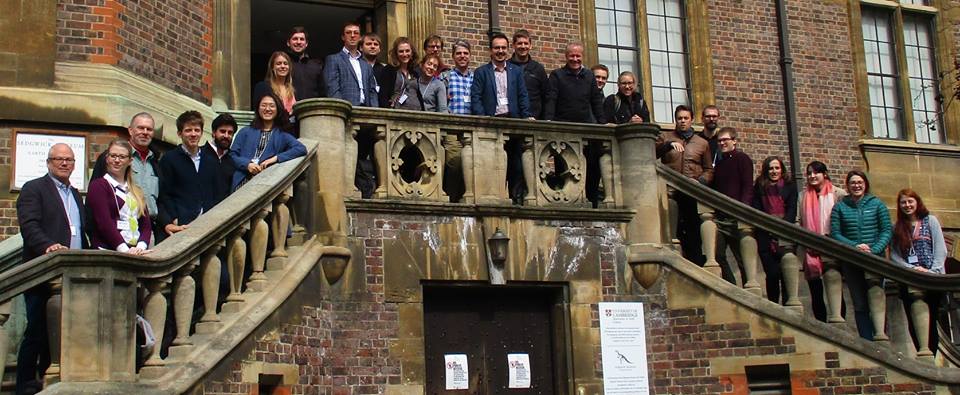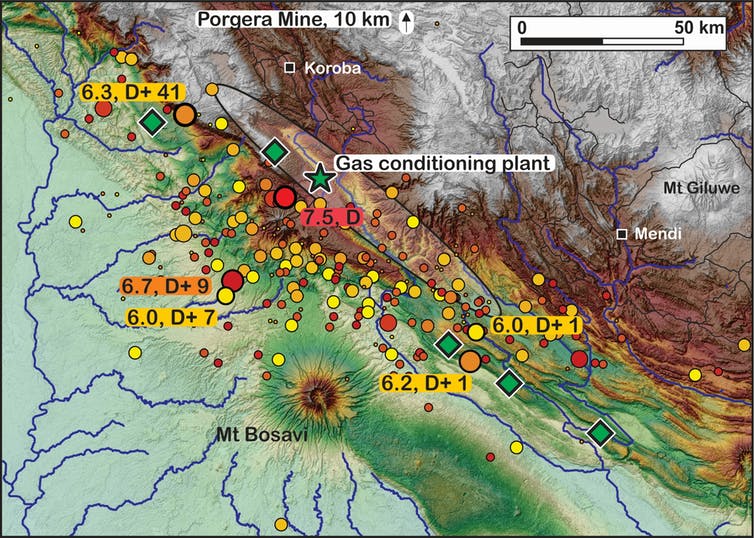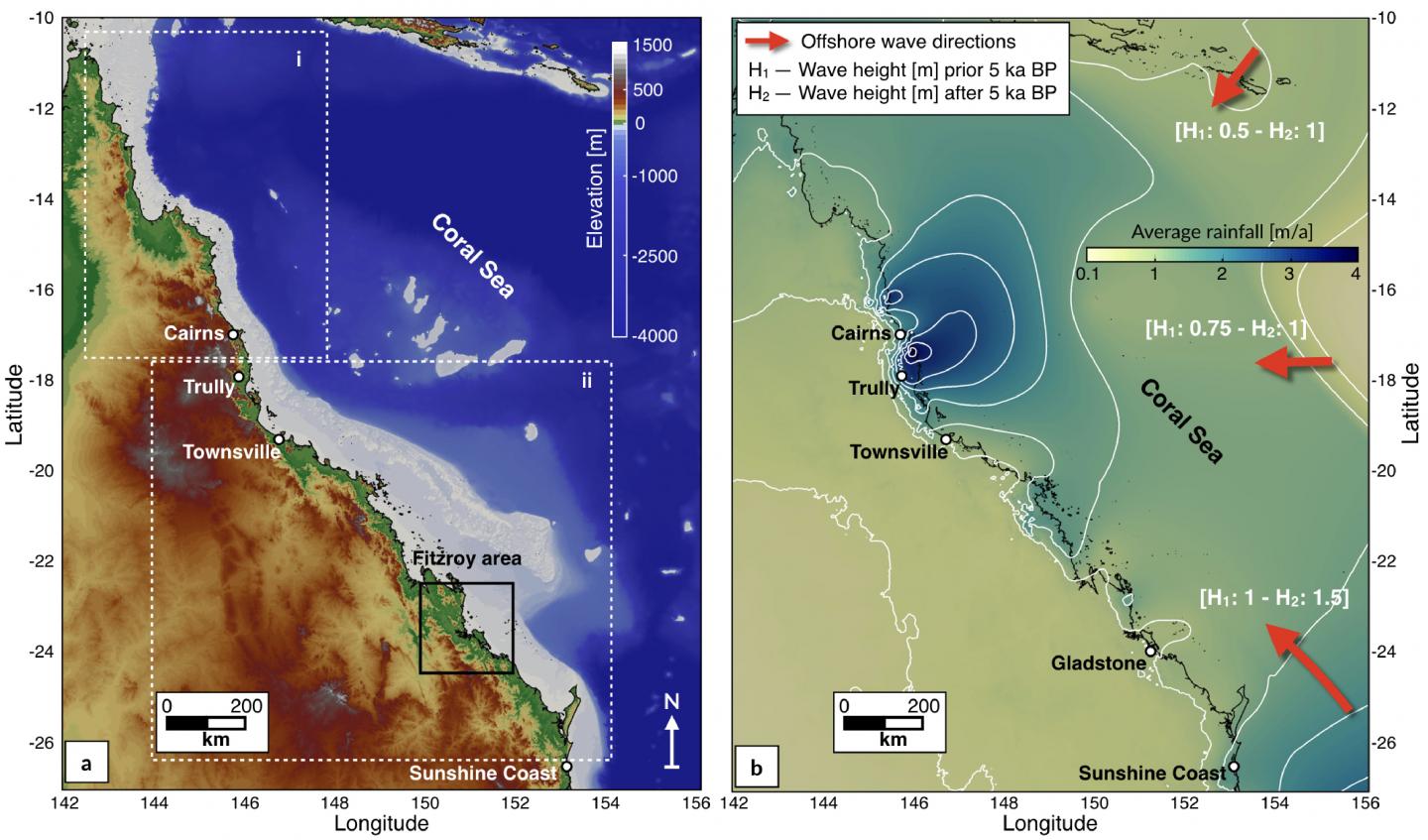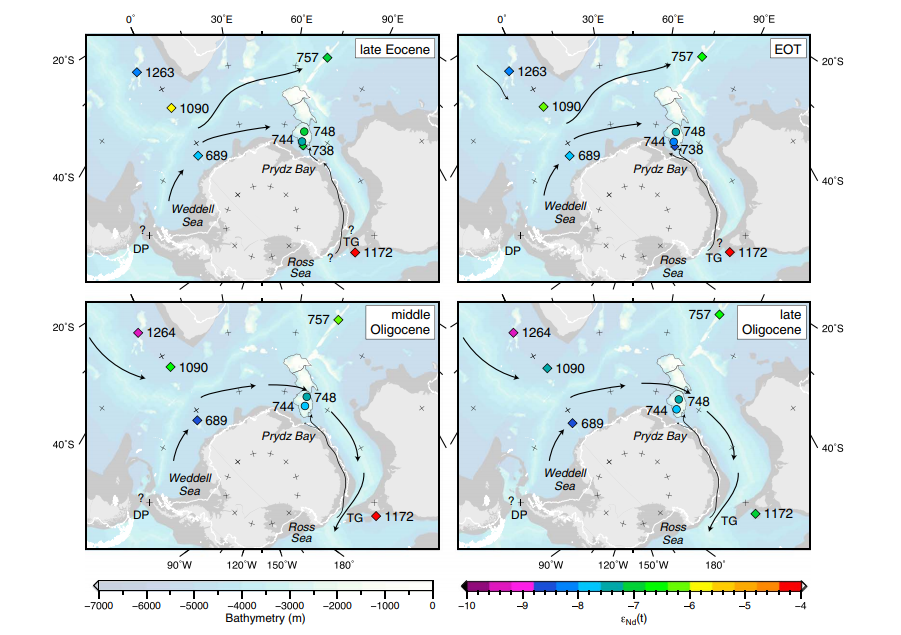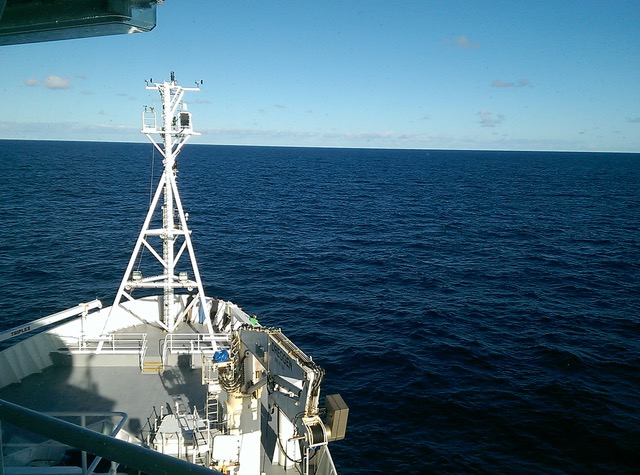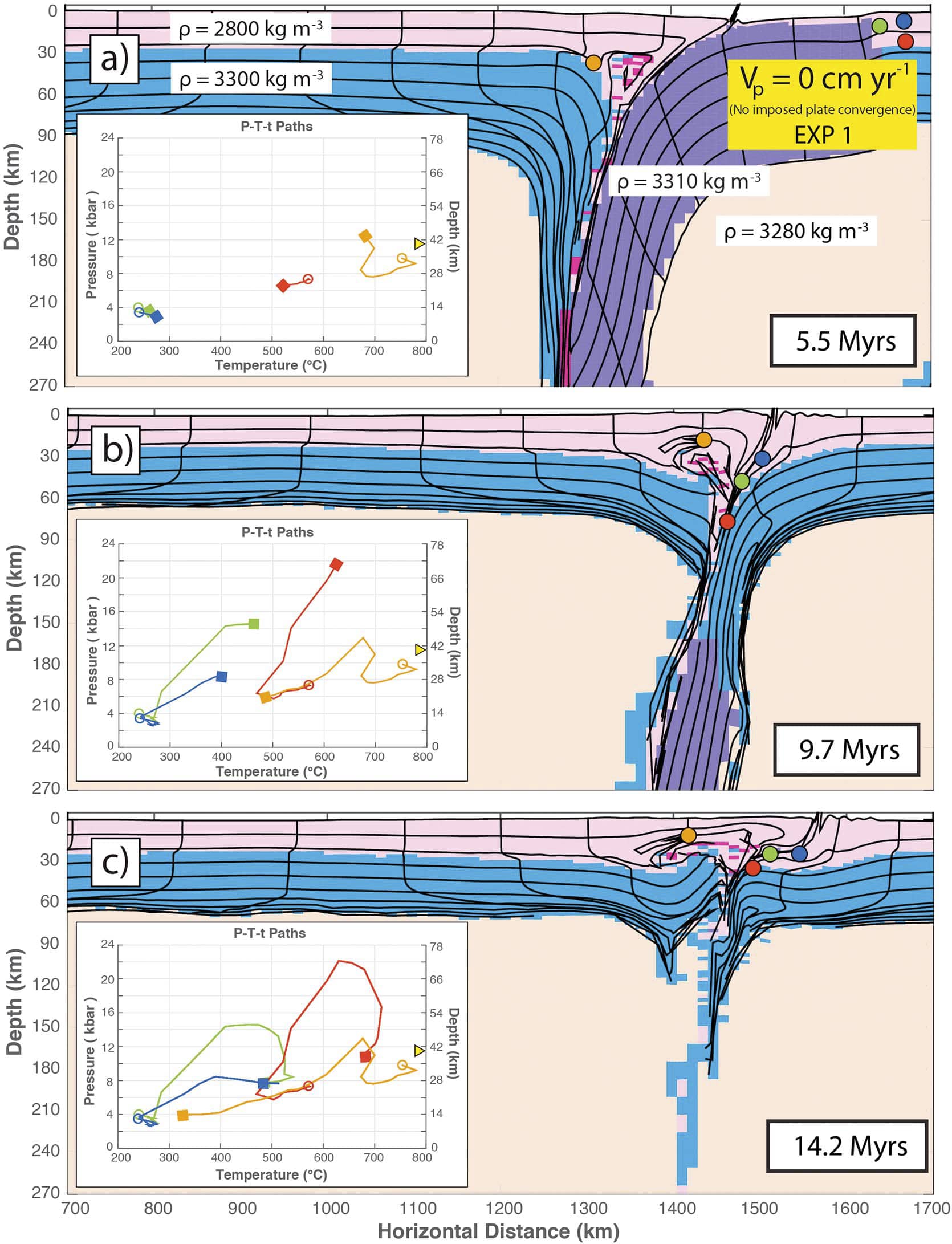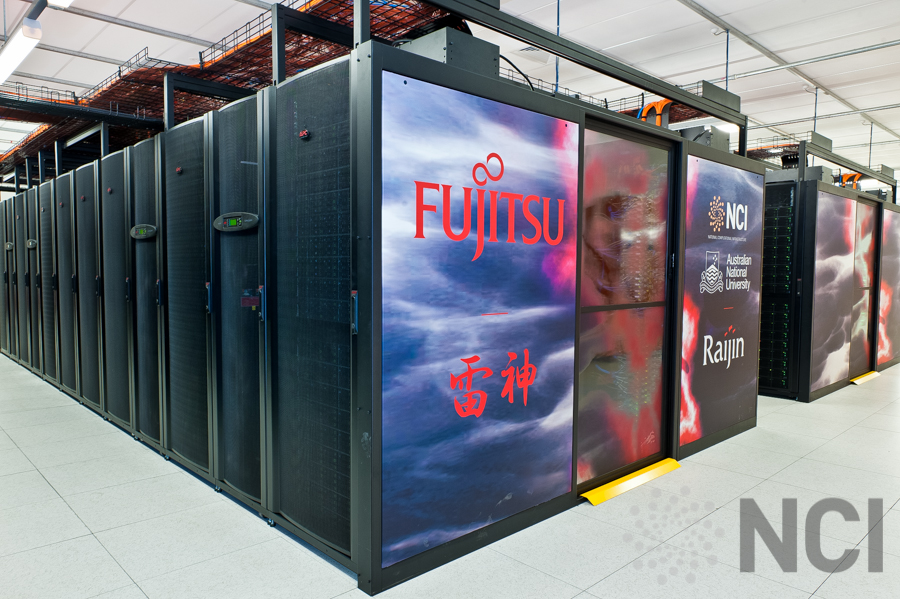Deep Carbon Observatory Cambridge-Sydney workshop
Almost 30 members of the Deep Carbon Observatory Science Network met on 5 and 6 April 2018 at the University of Cambridge, UK to discuss ways of linking plate tectonic reconstructions to aspects of the deep carbon cycle over geological time. Sabin Zahirovic (EarthByte, University of Sydney, Australia), DCO Synthesis Group 2019 Chair Marie Edmonds … Read more…

